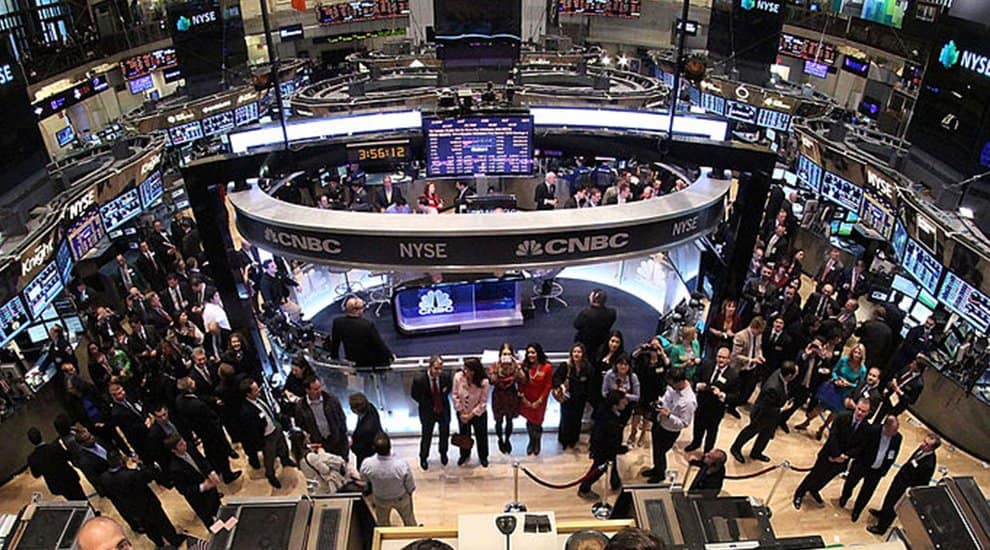
Limiting the research to just those stocks listed on the New York Stock Exchange — and which seem to qualify as “value” stocks based certain qualities inherent in the old school Benjamin Graham-style criteria –here are 4 that look intriguing:
Seaspan Corporation is a Hong Kong based shipping company now trading at half its book value and with a price/earnings ratio of only 8.3 — a much, much lower p/e than that of the S&P 500. These 2 metrics make it appear to be qualified as a value stock.
You would have to be concerned that the firm’s level of debt presently exceeds shareholder equity. But Seaspan had a solid 5-year earnings record and last year was excellent. The company is paying a 6.44% dividend. The short float now sits at 8.7%. Their new Chief Financial Officer, Ryan Cameron Courson, is a mere 29 years old.
Rice Midstream Partners LP is in the oil and gas pipelines business with headquarters in Pittsburgh. I think it fits into the value stock profile with its price/earnings ratio of 10 and with shares now available for purchase at 85% of book value.
The company is 39% insider owned and average trading volume is much lighter than most NYSE-listed stocks. Their 5-year and 1-year earnings history is solidly positive. A 6.48% dividend is being paid. Debt levels are low. Rice Midstream has a short float of 6.1%. The stock traded at 22 in January and has dropped to around 18.
Hudbay Minerals is a copper, zinc, gold and silver producer based in Toronto. The company is trading at a 10% discount to its book value and the price/earnings ratio comes in at 10.9. So, we’re in value stock territory.
Hudbay has no debt. The dividend yield is smallish at .27%. The earnings record is very good for the past year and the past 5-years. The mining company’s stock traded at 10 in January and has since fallen to 7.35 — that kind of volatility needs to be considered.
IGD Voya Global Equity Dividend & Premium Opportunity Fund is a closed end fund based in Scottsdale, Arizona. It makes the value stock list because the price/earnings ratio is a very low 6.6 and can be bought right now for 89% of book.
Voya’s top 3 holdings are Apple, Microsoft and Cisco Systems — just to give you some idea at what they invest in. The fund has a solidly positive 5-year record and last year was excellent. The dividend yield is 10.05% and there’s no debt on the books. Voya’s stock has declined from 7.98 in January to 7.28 last week.
With the Schiller cyclically-adjusted price/earnings at a higher than usual 31.74 , I like to see what’s out there that might still be considered as value — by locating stocks with significantly lower p/e’s and which can be bought at a price below book. Not that many of these exist these days but they can be found with a little digging. That’s the point of this exercise.
None of these are recommendations. You’d want to look much deeper at each situation. Always do your own independent research, due diligence and seek professional advice from a licensed investment adviser.
